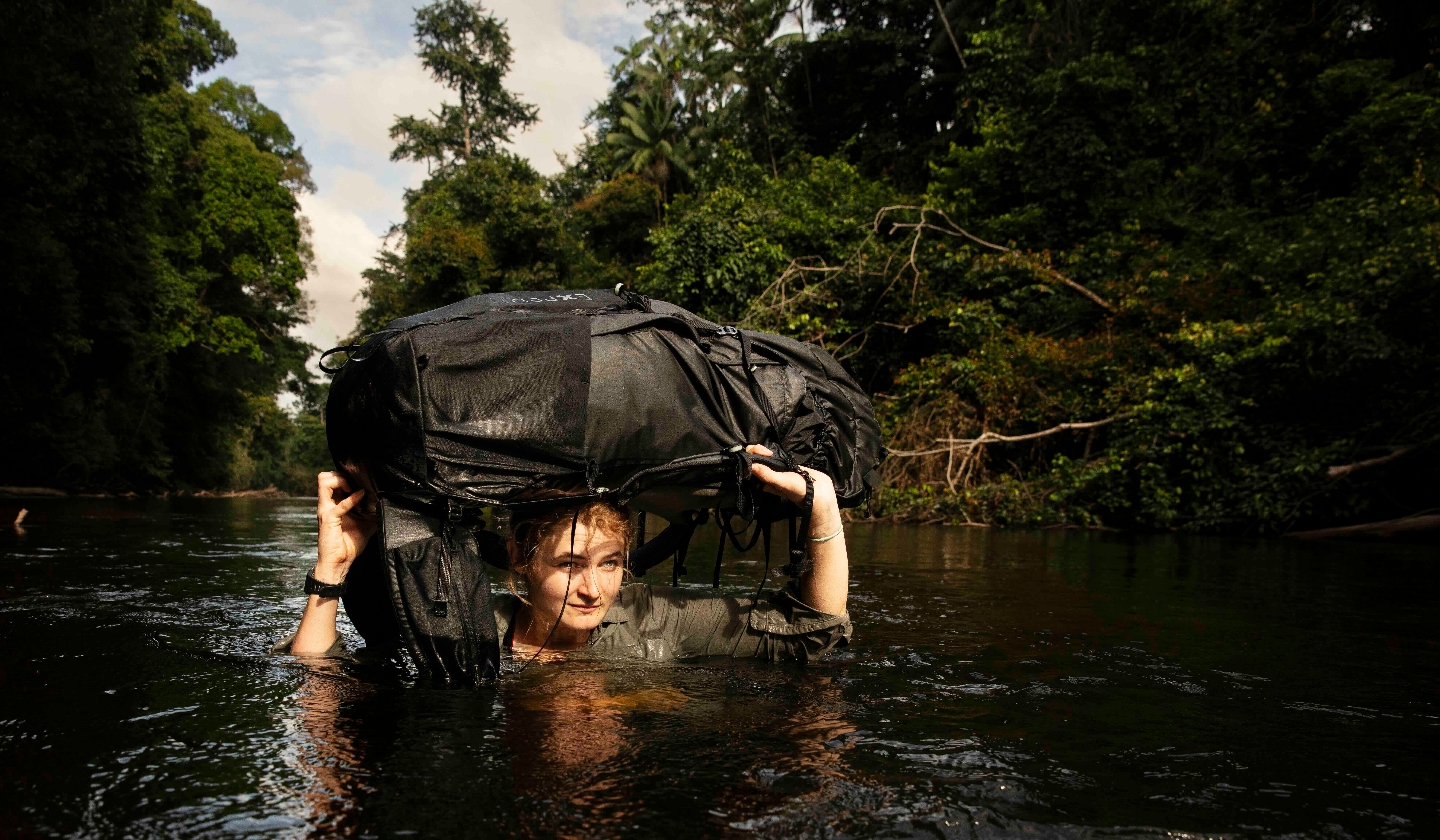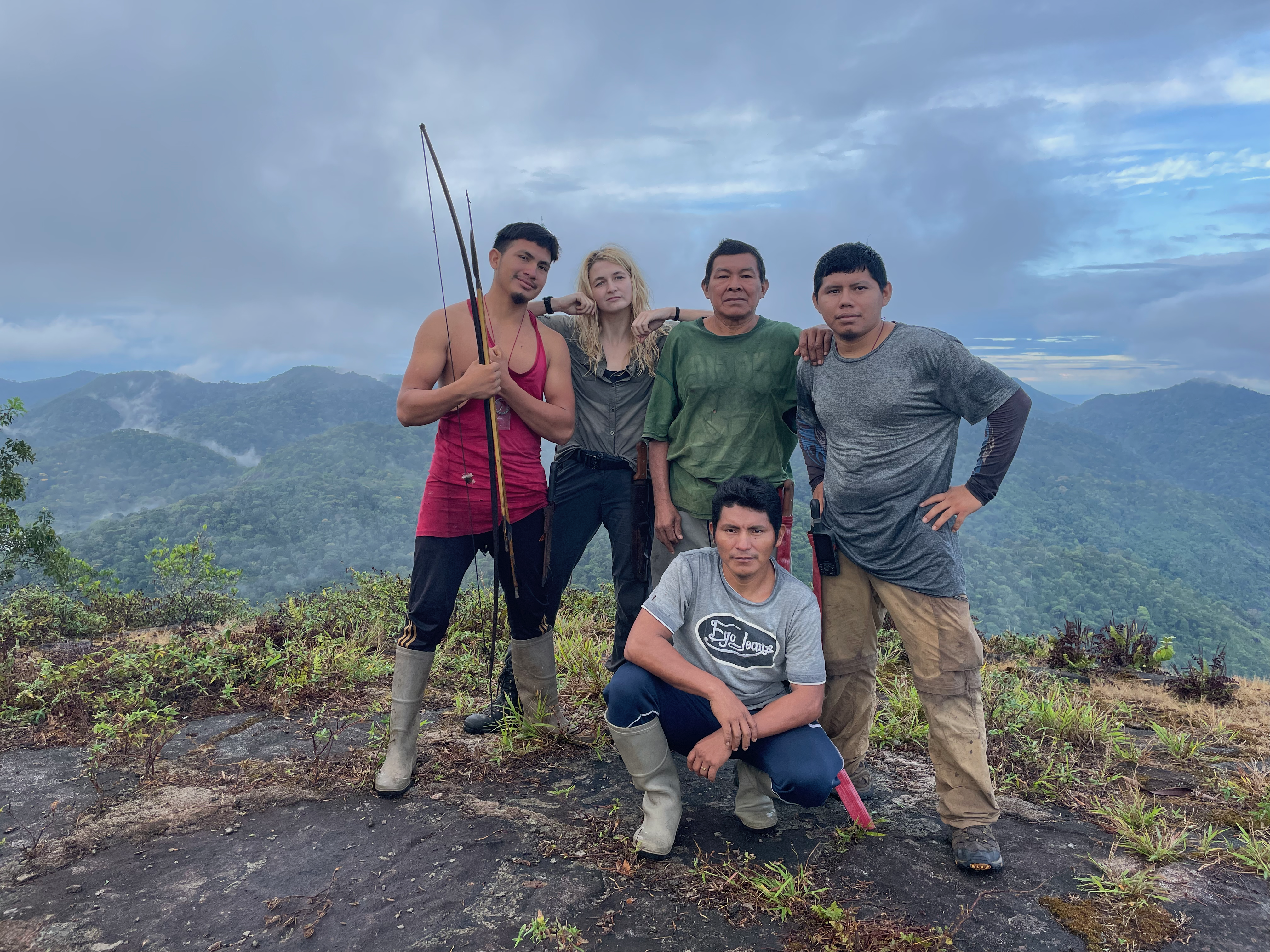Three weeks into her expedition through the Amazon rainforest, Lucy Shepherd feared her team was close to giving up.
Faced with dense jungle, practically zero sunlight, and the ever-present threat of deadly bushmaster snakes, jaguars and stampeding boar, progress was far slower than anticipated and morale was flagging.
Even Shepherd – who has led expeditions everywhere from Arctic plateaus to hostile deserts, and is known as one of the “most hardcore” British adventurers around today – was wondering whether this trek was one step too far, whether this expedition was simply not possible.
Along with her team of local Amarindian men, Shepherd had embarked on an unprecedented 50-day trek that would take her through uncharted terrain in one of the most remote places on earth, traversing almost the entire width of Guyana over the Kanuku mountains.

“It was so much more brutal than I could have ever imagined,” she tells me. “When we got to the first river – which ended up being about three weeks without seeing any real sunlight – I was sort of nervous that the team would just want to get out of there.”
This part of the rainforest is feared by locals, shrouded in myths and legends of jungle spirits. It’s a piece of the planet totally untouched by humans – before the team set off, locals warned them: “Don’t go; if you go you will never come back.”
Read more: The expedition encouraging more women into adventure travel
When I ask Shepherd about the risks, the list goes on: falling trees, swarms of wasps, spiders the size of dinner plates, 500-strong herds of aggressive peccary (wild boar), black caimans lurking in the waterways, the danger of trench foot, exhaustion, lack of food, and the sheer physical toll such a journey can take on the body.
Perhaps most terrifying of all are the bushmasters. These 12-foot-long venomous snakes move along the forest floor and are often first identified by the chill-inducing whistle they emit.
“Everyone thought we were completely crazy and would probably die doing it,” Lucy says.

Click Here to Read the Full Original Article at The Independent Travel…
